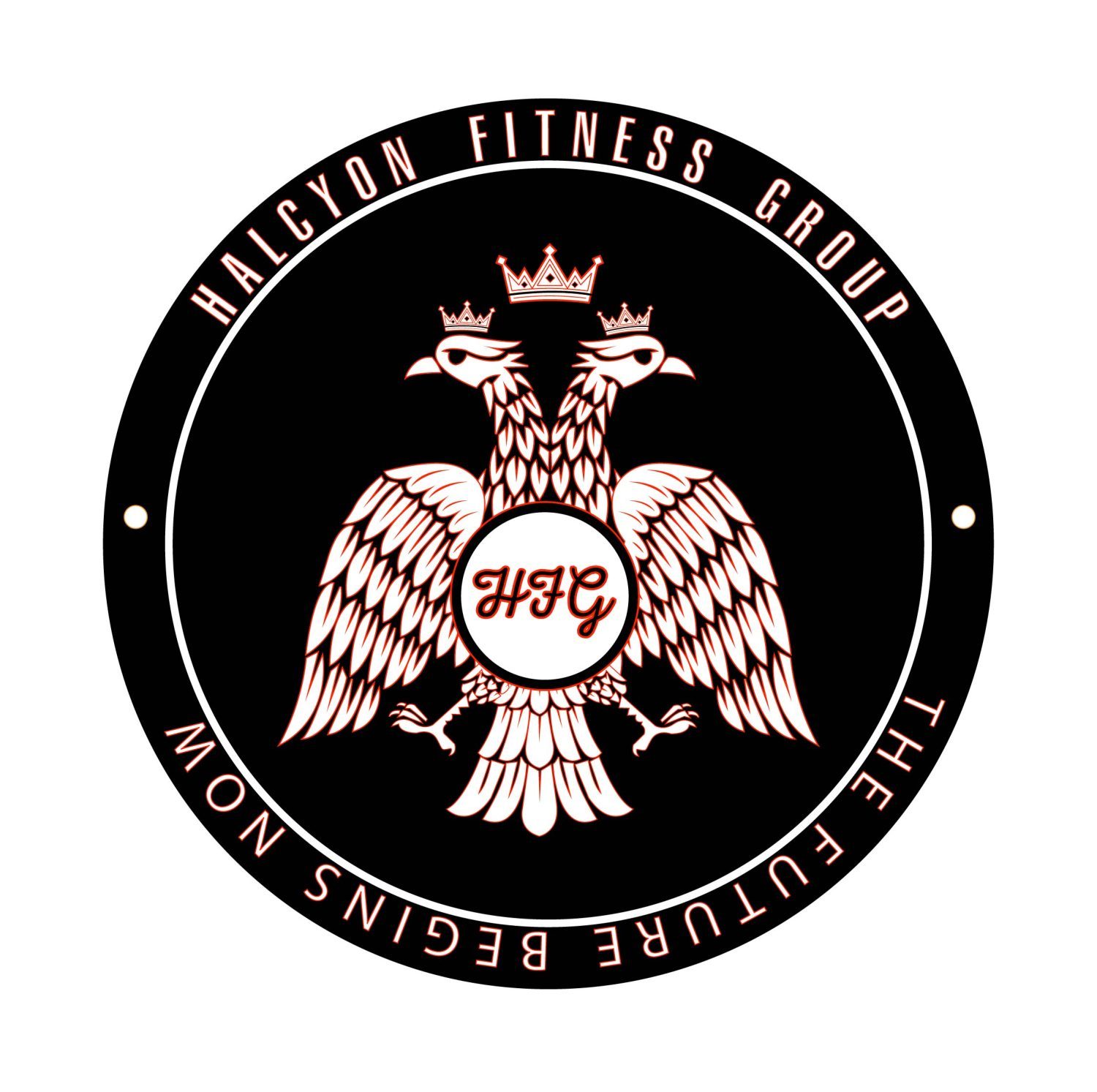Fat Loss Equation @kbates_fitpro kbatesfitpro.issacertifiedtrainer.com
Lying Chest Flyes

Military PT
Available for events, engagements, podcasts, etc. DM for more.
Coming Soon

New episode DRIVETIME: Facing Your Fears
https://www.podbean.com/media/share/pb-tc755-b241f3
Cutting Carbs Is a BAD IDEA
Bodyweight Exercises Part 2: The Extreme End of the Basics
DISCLAIMER: These exercises are for the ambitious ones among you. As I always say, listen to your body. Do not hurt yourself trying something you are not comfortable doing.
THE BASICS ALWAYS WIN!!
1. Bodyweight Skullcrusher
The classics are such for a reason. They work! But if you feel you’ve reached a sticking point, especially due to your triceps, then look no further than the skullcrusher.
The traditional skullcrusher is a triceps extension exercise performed while lying on a bench and using external resistance such as a barbell or dumbbell. However, the rulebook goes out the proverbial window when you execute a bodyweight skullcrusher! This time, perform the same movement pattern, but use only your own body, leveraged against a horizontal bar. By employing this change, not only do you smash your triceps, but you also rock your abs, chest, shoulders and back, as you can no longer rely on the bench to provide stability.
Bodyweight skullcrusher
Start in a narrow-grip push-up position, arms shoulder-width apart or slightly closer, with your hands on a bar or other elevated surface. Keep your hands close together and your elbows pointed down to keep emphasis on the triceps. Bend only at the elbows—not the shoulders—and lower your upper body down until your forehead is between your hands. Press from the triceps, and push yourself back up. The lower the incline, the more challenging the exercise.
2. Close-Grip Chin-Up
When it comes to vertical pulling exercises in the urban Street Workout jungle, the lion’s share of the spotlight tends to go to pull-ups performed with an overhand, wide grip. With so much attention placed on this pronated pull, it’s easy to forget that the close-grip chin-up is a valuable move in its own right.
Detractors of bodyweight training sometimes claim there are no exercises that emphasize the biceps. I encourage them to try 3 sets of 15 close-grip chins and get back to me. You see, the underhand grip allows you to recruit your biceps to a greater degree, while the overhand grip places greater engagement on the muscles of your upper back—although both exercises definitely hit both the arms and lats. Furthermore, close-grip chin-ups are the perfect counterpart to skullcrushers, as the two moves emphasize antagonistic muscle groups while crushing the core. Combined, they work hand in hand for building a balanced, symmetrical upper body.
Close-grip chin-up
To perform a close-grip chin-up, grip an overhead bar with you palms close together, facing you. Brace your entire body as you pull your chest toward the bar. Pull down and back, making sure to focus on the acute bend in your arms. Then, lower yourself back down with control, keeping your abs engaged in order to avoid swinging. Your legs should remain straight and squeezed together throughout the entire range of motion.
3. Shrimp Squat
You’re not strong if you don’t have strong legs—period. This is true for calisthenics and every other form of strength training. The shrimp squat, aka “skater squat,” is a unilateral leg exercise that is similar to a back lunge, but with one big difference. For this exercise, your rear foot is kept elevated rather than being placed on the ground. This simple change puts a serious muscular burden on one leg at a time, so make sure to train both sides evenly.
Begin by standing on one foot with the opposite leg positioned behind you and bent at the knee. Slowly bend at the hip, knee, and ankle of the standing leg, and lower your back knee until it gently touches the ground. You will need to lean forward in order to maintain your balance at the bottom position. Now, press with the foot of your standing leg, and return to the top position.
Shrimp squat
I recommend that you perform shrimp squats while grasping your elevated ankle with one hand, but it can also be done with both hands behind you. The latter variant places more weight on your heel and shifts the balance against your favor, making the exercise far more difficult. Shrimp squats also provide a deep stretch to the quadriceps and hip flexors of the rear leg, so take it slowly if you have flexibility issues.
4. Windshield Wiper
I love sit-ups in all their forms. They are as classic as you can get, but at some point, if you want to increase the difficulty without adding weight, you must make an adjustment in leverage.
Windshield wipers not only place your body in the vertical plane, thus creating a mechanical disadvantage against gravity, they also limit your points of contact to just your hands and dramatically alter the range of motion. That’s a lot of bang for your buck.
Start by hanging from a bar or other surface with your hands in an overhand grip. Lift your shins all the way to the bar, keeping your legs straight and together. It can be helpful to envision pushing the bar “down” toward your shins. The bar won’t move, but you will! Squeeze hard to help maintain control.
Windshield wipers
When you get to the top, begin rotating your trunk so that your legs move toward one side, then the other. The twisting movement emphasizes your obliques and serratus muscles. Do your best to avoid bending your elbows when performing windshield wipers, though a slight kink may be unavoidable at first.
The first time you attempt a windshield wiper, you may be unprepared for how much upper body strength is required, so brace yourself. This exercise is harder than it looks, and it is by no means just an abs exercise. A great degree of upper-body pulling is also involved, so be ready to work your whole body.
5. Single-Leg Bridge
There are many times in fitness where we ignore the muscles we can’t see. Don’t get me wrong: There is nothing bad whatsoever about training with aesthetic goals in mind. I myself have pursued looking better with my shirt off. But even so, it is also important to be strong in the muscles you don’t see in the mirror, like the hamstrings, glutes, and spinal erectors.
Bridges are a fantastic—and underrated—means to that end. You may associate them more with yoga than strength training, but make no mistake: The single-leg bridge in particular builds spectacular strength in the posterior chain.
Single-leg bridge
Begin your single-leg bridge by lying on your back with your knees bent, feet flat on the floor, and arms at your sides, palms down. Press your feet into the floor, raising your hips into the air as high as you can, squeezing at your glutes. Now, lift one foot straight above your hips with the elevated leg perpendicular to the ground. You will have to press extra hard with your grounded foot to keep your body up in the air. Be certain to train both sides evenly.
6. Handstand Push-Up
Your shoulders get a legitimate workout from push-ups, pull-ups and planks. But when you perform handstand push-ups, you enter a new realm where the primary mover is now the shoulders.
Even people who can military press huge loads are often surprised when they attempt handstand push-ups. Like the bodyweight skullcrusher, the exclusion of a bench or other external stabilizer compels you to keep a tight body in order to brace and support yourself.
Handstand push-up
Start by kicking up into a handstand against a wall. Make sure your elbows are locked at the start, to help prevent any unfortunate mishaps. Next, lower yourself down until the top of your head comes in contact with the ground. Now, push yourself back up, keeping your entire body taut the whole time. Engage your glutes and abs in order to avoid excessively bending your back, and try not to flare out with your elbows. You can also perform this exercise with a narrower grip for additional triceps emphasis.
In closing, I must add that these are challenging. But they work. Not only do they work…. but they will build on a core of discipline, strength and in some cases, honor. THE BASICS WIN!!






You must be logged in to post a comment.